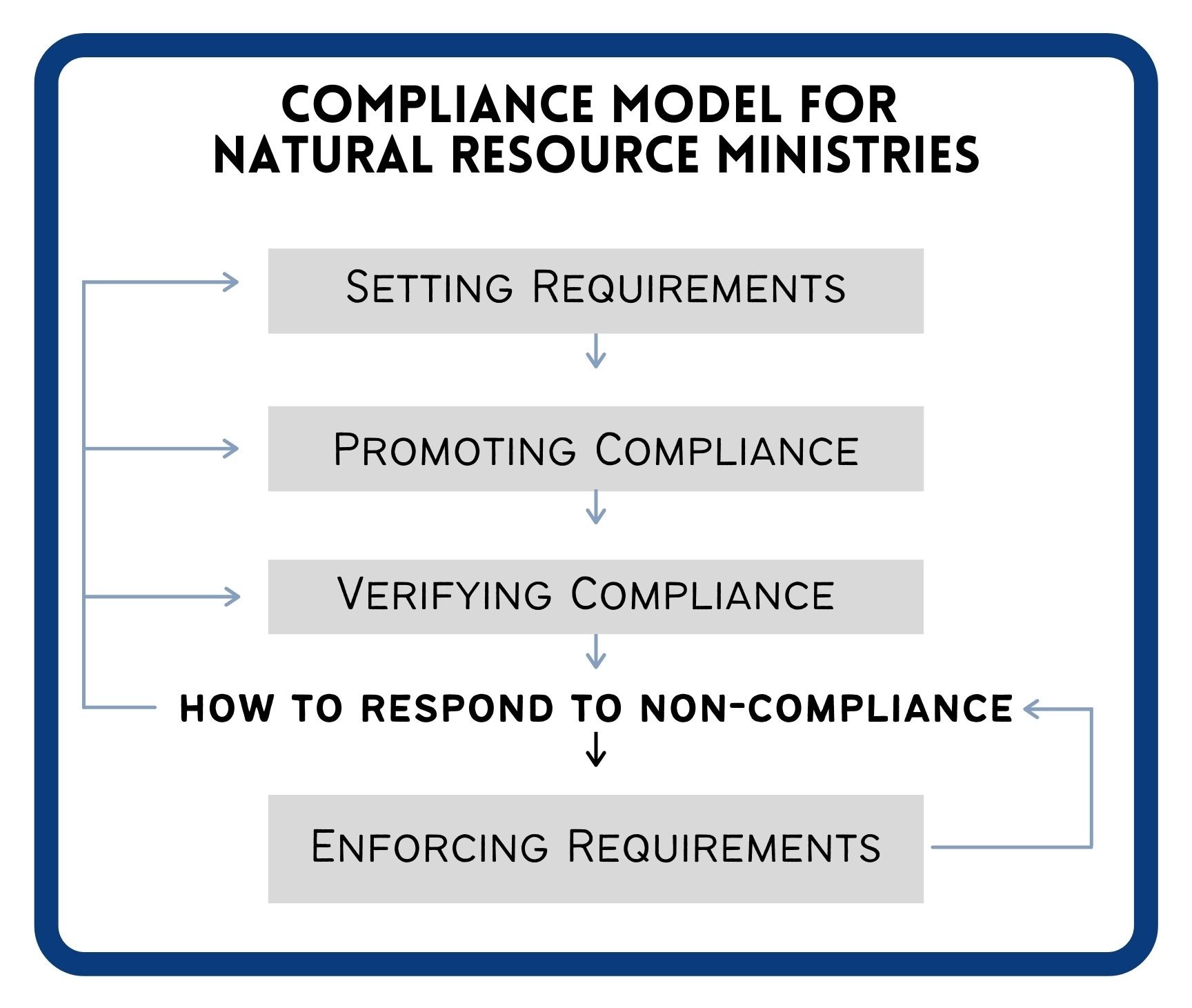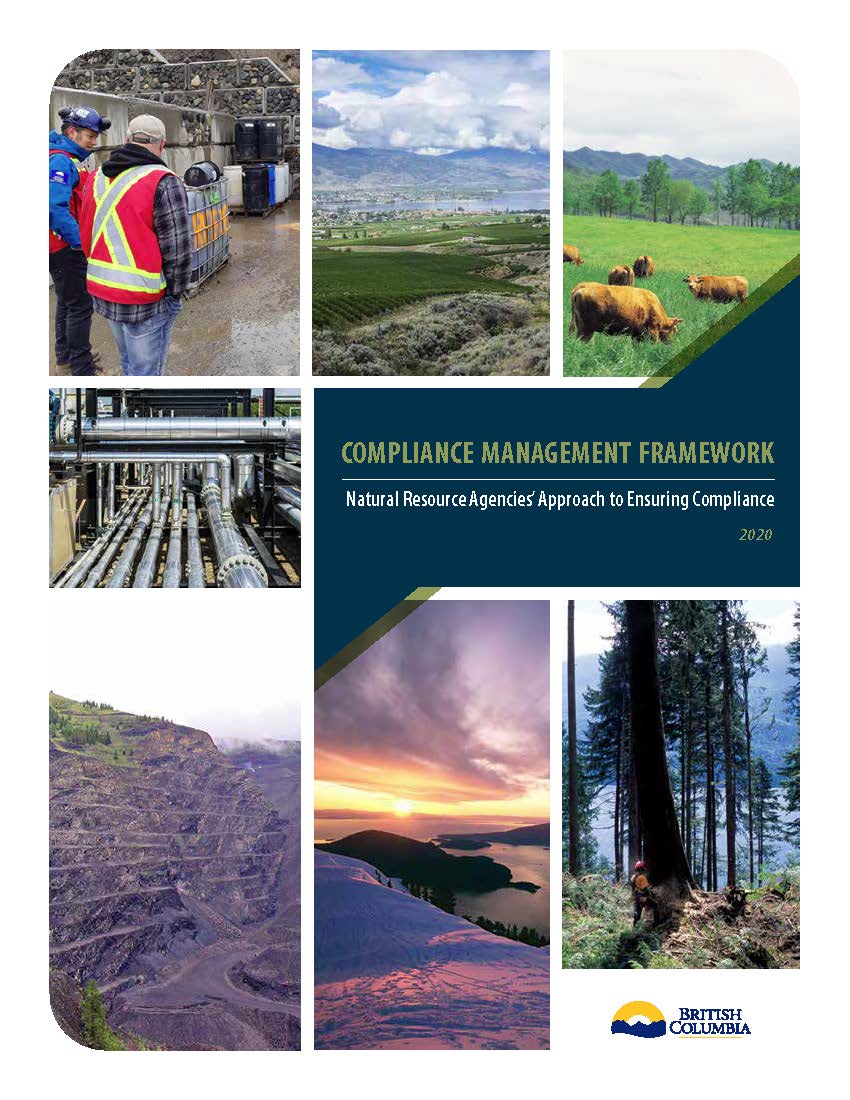Mining Compliance & Enforcement
The Province is committed to ensuring that B.C. remains a leader in mining regulation and oversight, while enhancing responsible resource development and strengthening First Nations involvement in the B.C.'s mining sector.
All mining activities in B.C. are regulated under the Mines Act, the Health, Safety and Reclamation Code (the Code), and the conditions of any permit issued for the mining activities, collectively known as the Regulatory Requirements.
Since 2016, the ministry has taken substantial action to improve mining oversight in B.C. including revisions to the tailings storage facility provisions of the Code, establishing the standing Code Review Committee to ensure that this key technical regulation remains modern, amending the Mines Act in 2020, and separating the permitting and compliance and enforcement regulatory functions to ensure proper resourcing and prioritization. The Mining Health, Safety and Enforcement Division, created in 2019, has invested $20 million over three years to enhance regulatory effectiveness.
Compliance & Enforcement Approach
The ministry and other natural resource agencies have adopted a Compliance Management Framework (Framework) that outlines the collaborative approach taken to ensure compliance across the Province. The variety of compliance and enforcement activities undertaken across the natural resource sector is wide ranging and diverse.
Regulated parties (owners, agents, managers or permittees) are required to be aware of and maintain compliance with their regulatory requirements throughout the life of the mine. Mines inspectors verify compliance through inspections (on-site and office-based document review).
The Ministry’s Mining Compliance and Enforcement Policy (C&E Policy) provides fair, effective, and transparent oversight of mining activities. The C&E Policy sets out the tools available to inspectors when addressing incidents of non-compliance, and includes the Non-Compliance Decision Matrix, a risk-based tool designed to assist inspectors in assessing the actual or potential impact of the non-compliance as well as likelihood of achieving compliance in a given situation.
Inspectors may coordinate compliance management activities with other provincial government agencies to ensure that operations are following their regulatory requirements. Inspectors may also engage with Indigenous nations and communities related to mining operations within their traditional territories and treaty lands.

On this page:
- Compliance and Enforcement Policy
- Inspections
- Mine Investigations Unit (MIU)
- Administrative Monetary Penalties (AMPs)
- BC Mine Information Website
- Health, Safety and Reclamation Code
Compliance and enforcement policy
The Compliance and Enforcement Policy (C&E Policy) is intended to enhance C&E consistency across B.C. by providing guidance to inspectors on the tools available to them and how those tools can be used as part of a risk-based, escalating enforcement program.
Inspections
At any time, an inspector may inspect a mine, or a site considered by the inspector to be a mining activity site that is operating without a permit.
The principal purpose of a mine inspection is to verify compliance with regulatory requirements and, where necessary, take the appropriate compliance action. A mine inspection also provides and opportunity for inspectors to observe and discuss operational practices and conditions with the owner/operator/manager/permittee.
Mine Investigations Unit (MIU)
The MIU was formed in 2017 and now numbers a team of eight specialized investigative professionals.
The MIU undertakes investigations pursuant to Section 7 of the Mines Act as well as other investigations in relation to non-compliances with the Mines Act, Health Safety and Reclamation Code for Mines in B.C. and permit conditions.
Administrative Monetary Penalties (AMPs)
The ministry seeks to achieve voluntary compliance with applicable requirements wherever possible. This is generally achieved through the issuance of orders to remedy non-compliance. Where voluntary compliance cannot be achieved or where the non-compliance presents more significant risks, the ministry may pursue the imposition of an AMP or an offence prosecution.
BC Mine Information Website
The BC Mine Information website currently profiles mines across the province. Authorizations issued under the Mines Act, Environmental Assessment Act and Environmental Management Act, inspection records, and recent annual reclamation and annual dam safety inspection reports are available for all mines.
Health, Safety and Reclamation Code
Following a recommendation by the Mining Jobs Task Force, a standing Code Review Committee (the Committee) was established in 2019 with equal representation from Indigenous communities, labour and industry. A standing review of the Code ensures B.C. has strong, updated protections for health, safety and the environment at mine sites.

